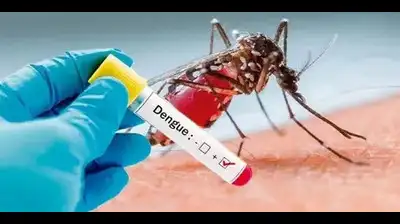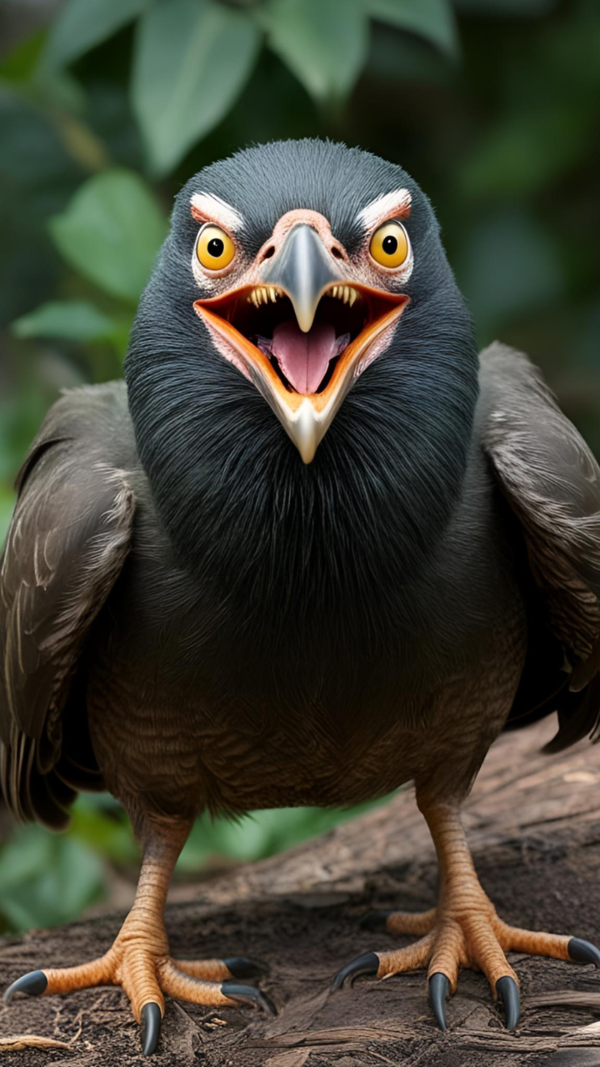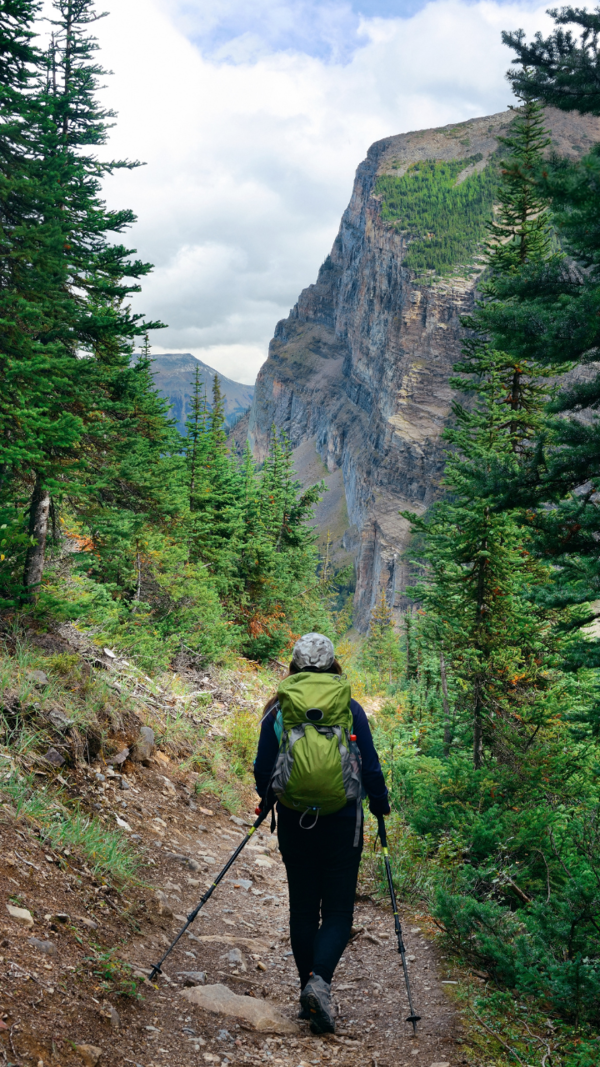Trending
Jan-March dengue cases down to 23 from 2024’s 76
Panaji: With unseasonal rain hitting the state, the health department is gearing up to ensure dengue doesn’t raise its head again.
The number of dengue cases reported this year has been less as compared to 2024. Of the 600-odd confirmed dengue cases reported by the health department last year, 234 were recorded before the monsoon began and were attributed to unsafe water storing practices. This year, Goa reported 23 dengue cases between Jan and March compared to 76 cases for the same period in 2024. Last year also saw three dengue deaths, including that of a child and a teenager.
This year, the department has asked its health centres to map areas that reported many cases in 2024 and to focus their attention on migrant settlement areas where workers congregate and on residential colonies where breeding is often found in balcony gardens and flower pots. Last year, several dengue cases were seen in Verla Canca, Guirim, Pilerne, Porvorim, and Gaondongri, among other places.
Deputy director and programme officer in charge of the National Vector Borne Disease Control Programme, Dr Kalpana Mahatme, said extension educators and supervisors have been asked to stress the warning signs of dengue so that people can seek medical attention in time. “Fever cases, especially in children and the elderly, must not be ignored and must be reported to the nearest health centre where rapid tests are conducted for dengue,” she said.
As the dengue mosquito is a day biter, dengue cases are often reported in clusters where this seems like an upsurge. “This is because the mosquito cannot complete its blood requirement after biting one person (as the person shoos it away) and goes on biting more people,” she said, advising personal protective measures, especially for children and the elderly, like wearing long pants and long sleeves and using mosquito repellents.
End of Article
Follow Us On Social Media










